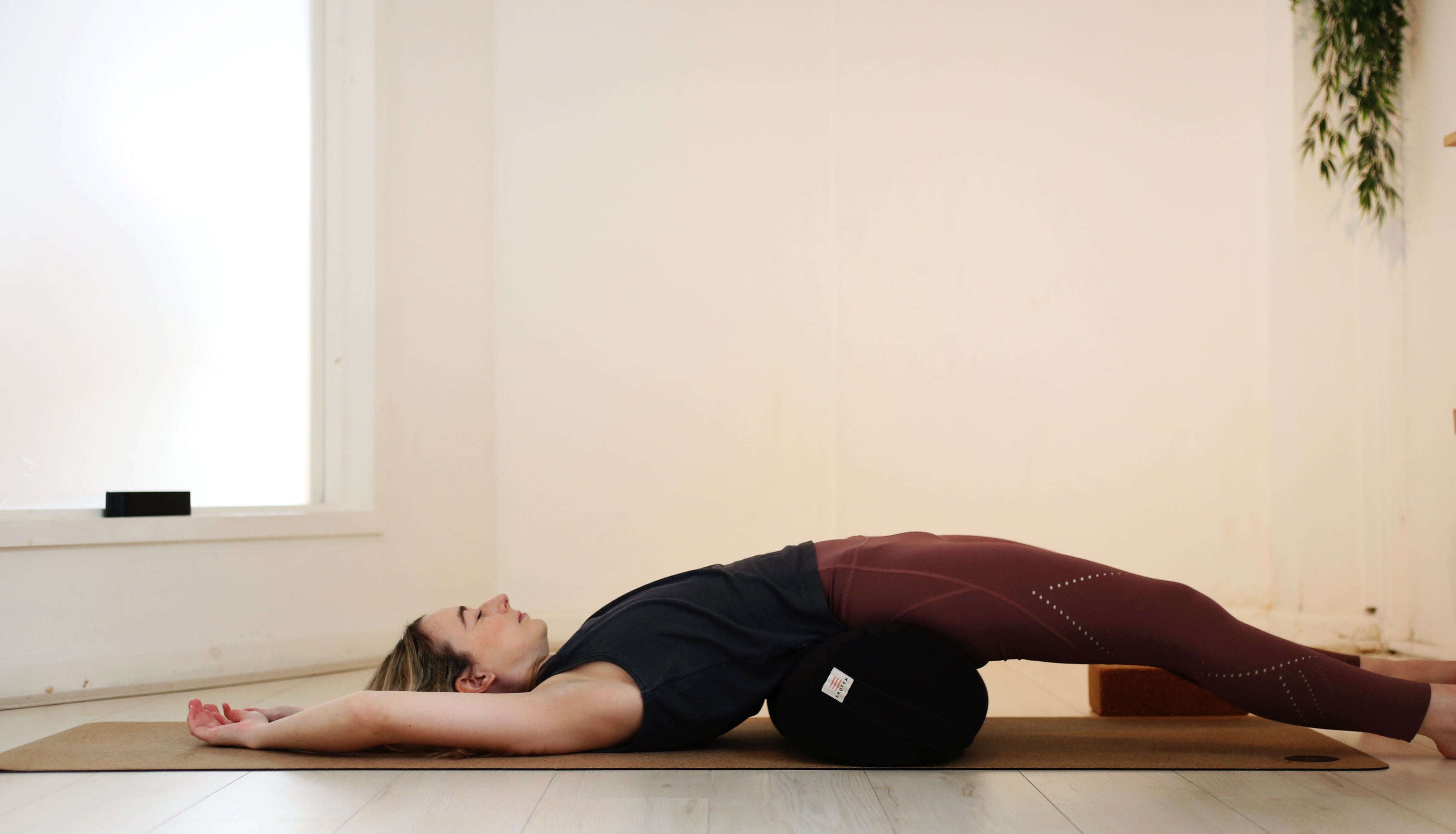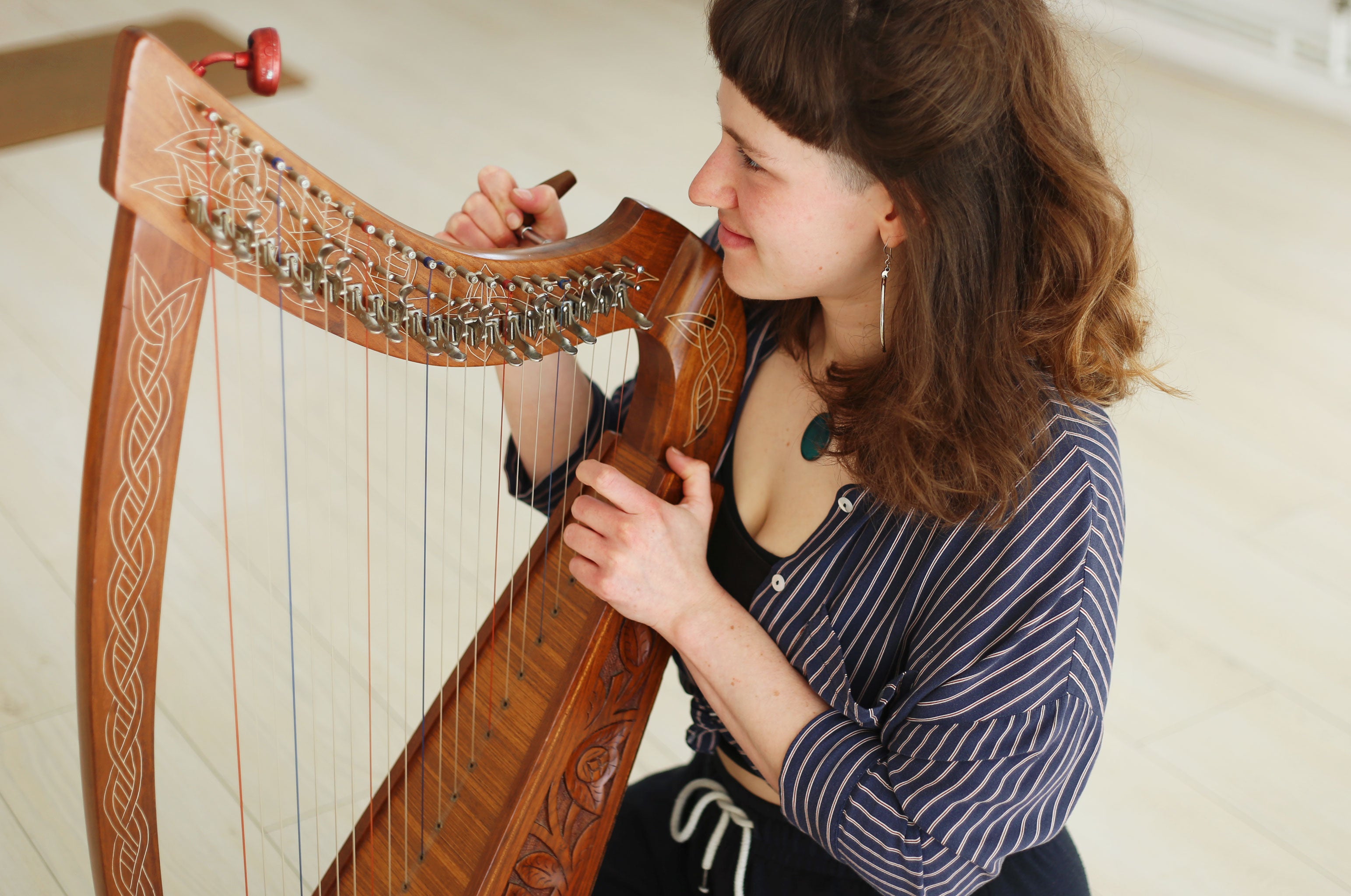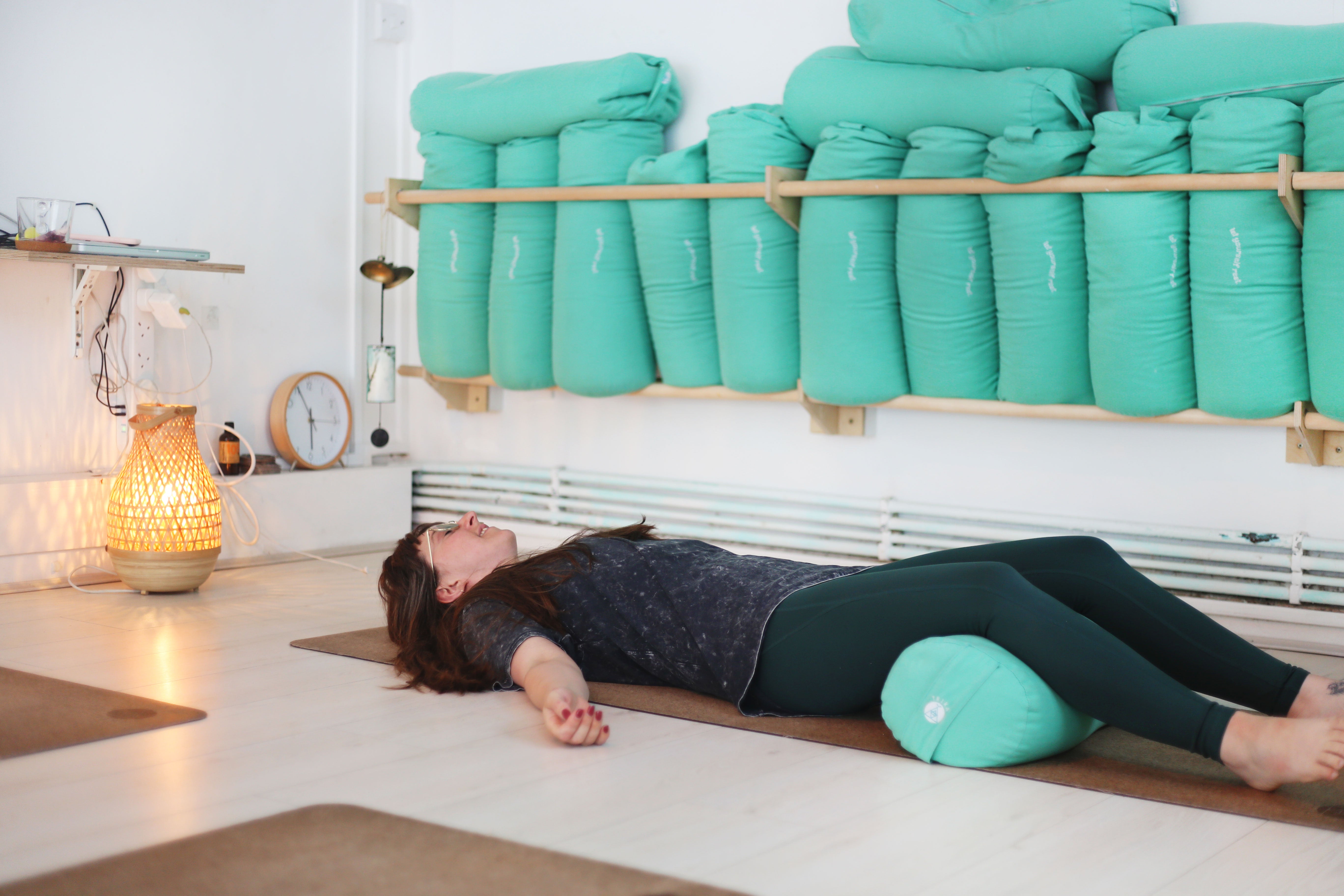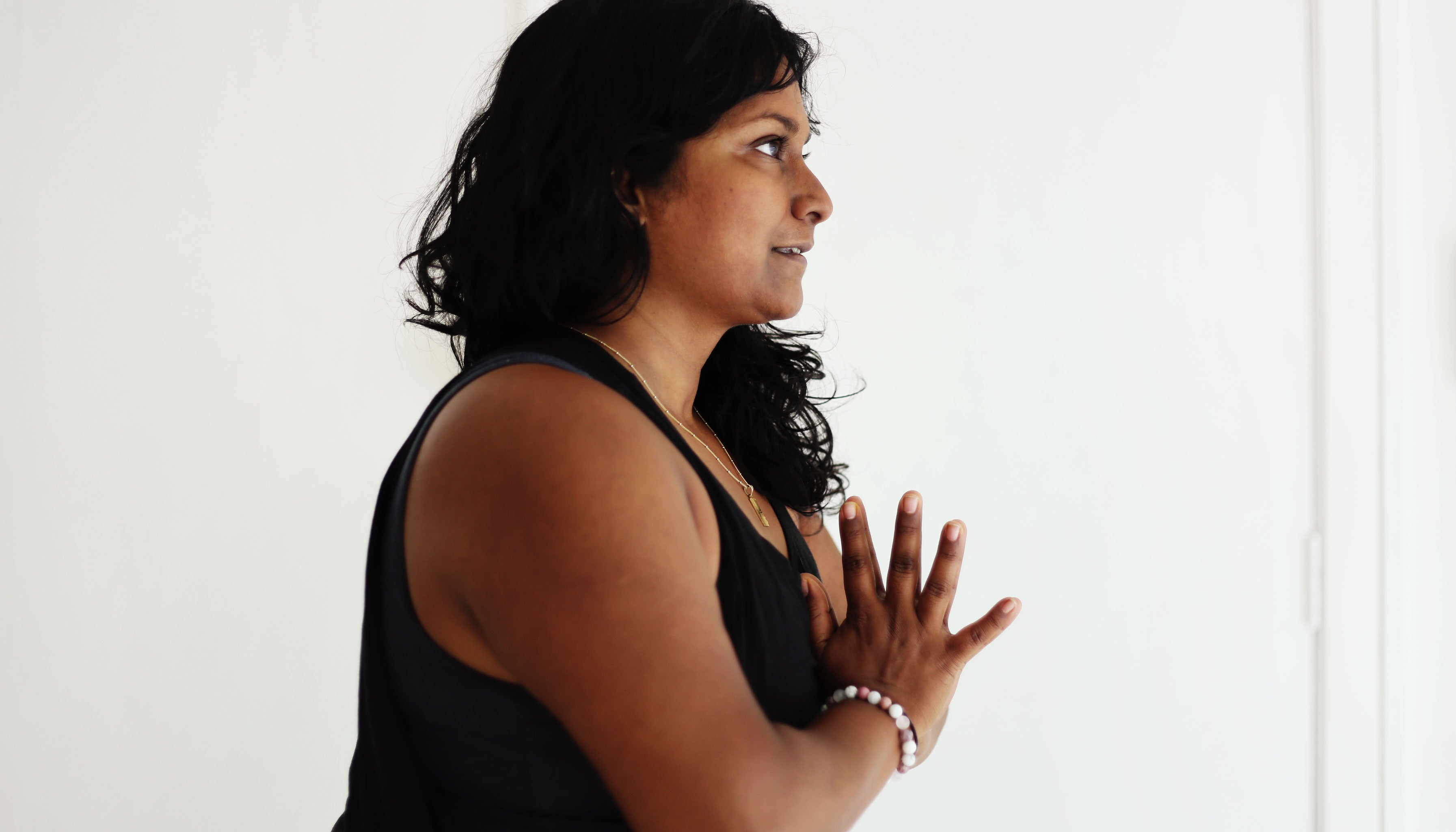Let's talk Yin

Yin is the calming and more restorative counterpart to a ‘yang’ practice. Instead of finding balance and energy through a flow of movements, this style of yoga is incredibly still, gentle and nurturing.
In longer held postures, the body is encouraged to rest and restore, with the aim that in doing so, your mind can find some clarity and peace too. In yin classes, we practice the art of patience and presence, relinquishing control of the physical body and discovering new space in ourselves.
Yin can be incredibly transformative and beneficial, yet many people don’t make the time to do it. It can be difficult to not do much, especially when many of us lead such fast-paced lives. But if your body and mind don’t have a chance to rest and recharge in between it all, then you may be left feeling somewhat drained.
If you haven’t yet been drawn to yin, then perhaps some of the following benefits will help you better understand the premise of the practice and how it may help you. You’ll also find our schedule of yin classes below, with some really lovely sessions (currently all streamed live online) available throughout the week, suitable for all.
In yin yoga classes, you will explore a more passive practice, moving through a range of postures that are held between 3 and 5 minutes. Typically an hour, this means you won't be racing through the same amount of poses as a vinyasa flow class, instead pausing and settling into each one. Teachers encourage you to use as many props as you like to get comfy and if at any point you experience any pain, you can come out or readjust yourself to a more suitable position.
Physically, this longer held approach works into your body’s connective tissues, finding more space through a gentle stretch of your fascial system. Having more range of movement in the depths of the body may help you stay active later in life, as well as increase your circulation, flexibility and relieve any tension.
Much of the yin practice also comes down to the breath. Breathing can trigger the parasympathetic nervous system, which drops the body and mind into a relaxed state. Holding postures for long stints can become quite uncomfortable, especially if you start off near your edge. The breath is used to calm the body and mind in these moments, helping you discover more space and stillness on your mat.
It is here that people sometimes notice some thoughts or feelings coming up. Emotions can be as much stored in the body as they are in the mind and sometimes in yoga, certain poses can rouse a particular memory or feeling. The slow and safe space we have cultivated on our mat through the practice of yin yoga might help us sit with these emotions, or just turn in and notice they are there. This makes yin quite therapeutic for some.
Whether anything specific rises to the surface for you or not, yin yoga often leaves a lot of people feeling rebalanced and recharged. Many of us lead more ‘yang’ lives, rarely making space for the quiet and calm we need to counteract and support our active moments. The energy we exert there isn’t being restored, and so we are often left depleted and tired. An hour of yummy yin can redeem our inner equilibrium and help us foster a more rounded approach to yoga and ultimately ourselves.
If you’re keen to explore the more yin side of your practice, have a look at classes that incorporate this style or are solely this style on our schedule:
• Tuesdays, Yin Yang Flow, 12.30-1.30pm
• Wednesdays, Yin Yang Flow, 7-8am
• Wednesdays, Calming Yin, 7.30-8.30pm
• Thursdays, Yin Yang Flow, 4.45-5.45pm
• Saturdays, Yin Yoga, 3.30-4.30pm


